Kyoto soba confectioner launches store in wooden machiya townhouse
A celebrated Kyoto soba confectioner and restaurant, Honke Owariya, offers a custom-built outlet for its sweet treats courtesy of Osaka-based designer Teruhiro Yanagihara
Takumi Ota - Photography
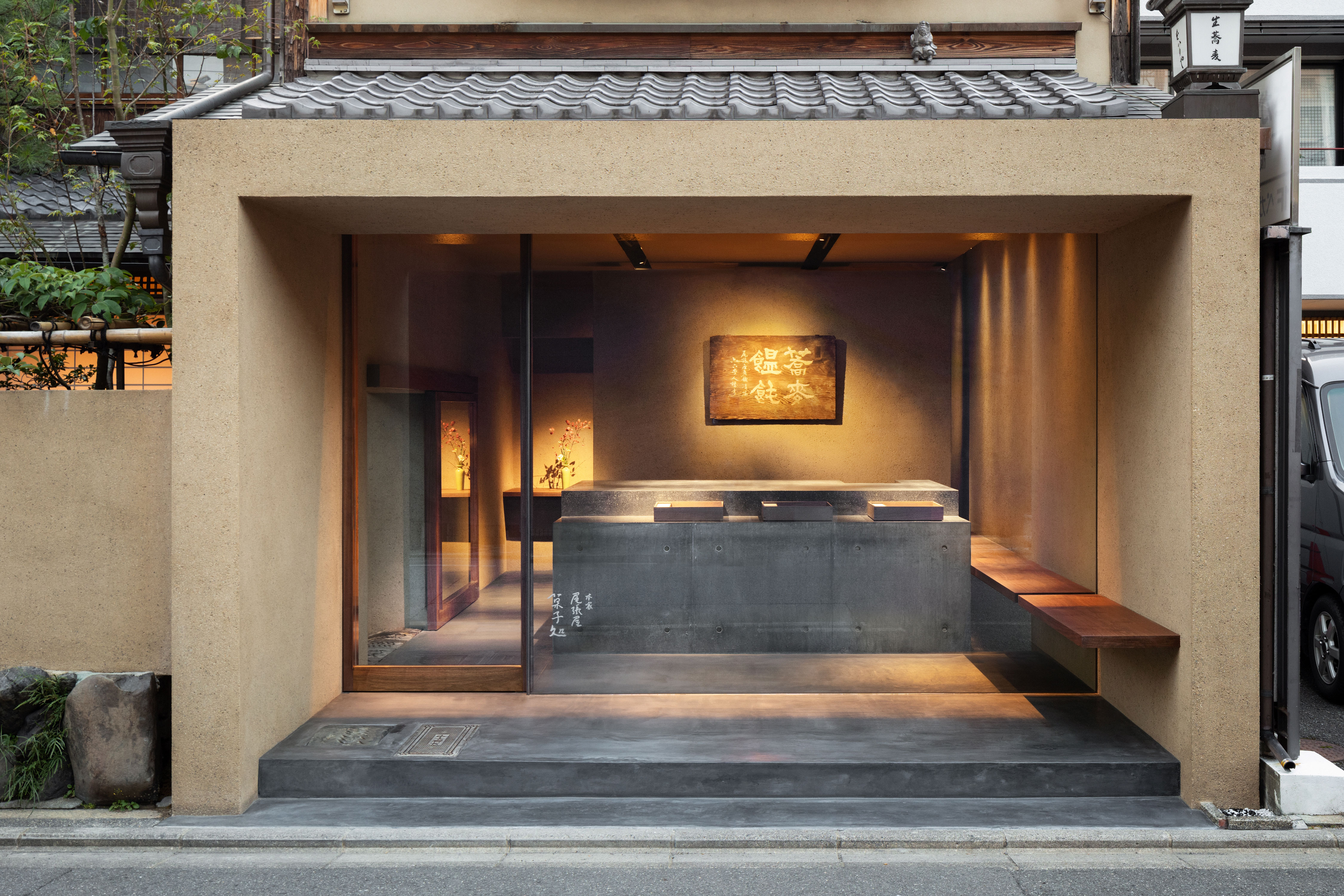
The street view of Honke Owariya, widely regarded as Kyoto’s oldest soba confectioners and restaurant, reflects a peaceful collision of past and present. On the left, a split noren curtain leads into a 19th century wooden machiya townhouse with sliding paper screens and tatami floors, where soba noodles are served. On the right, a wall of glass captures a painting-like view of a minimalist interior, the contemporary lines of a concrete block counter softened by plaster walls and an artfully-lit flower arrangement in the rear corner.
The modern space, created by Osaka-based designer Teruhiro Yanagihara, is a new dedicated sweets shop within Honke Owariya, a historic Kyoto establishment whose 15th-century roots are closely entwined with the city’s Zen temples. Honke Owariya is today run by 16th generation owner Ariko Inaoka, who asked Yanagihara to transform an empty bicycle parking space next to the soba restaurant. ‘From the beginning, I was very excited to see how his modern and minimal aesthetics connect to the 130-year-old machiya,’ says Inaoka, who is also an acclaimed photographer.
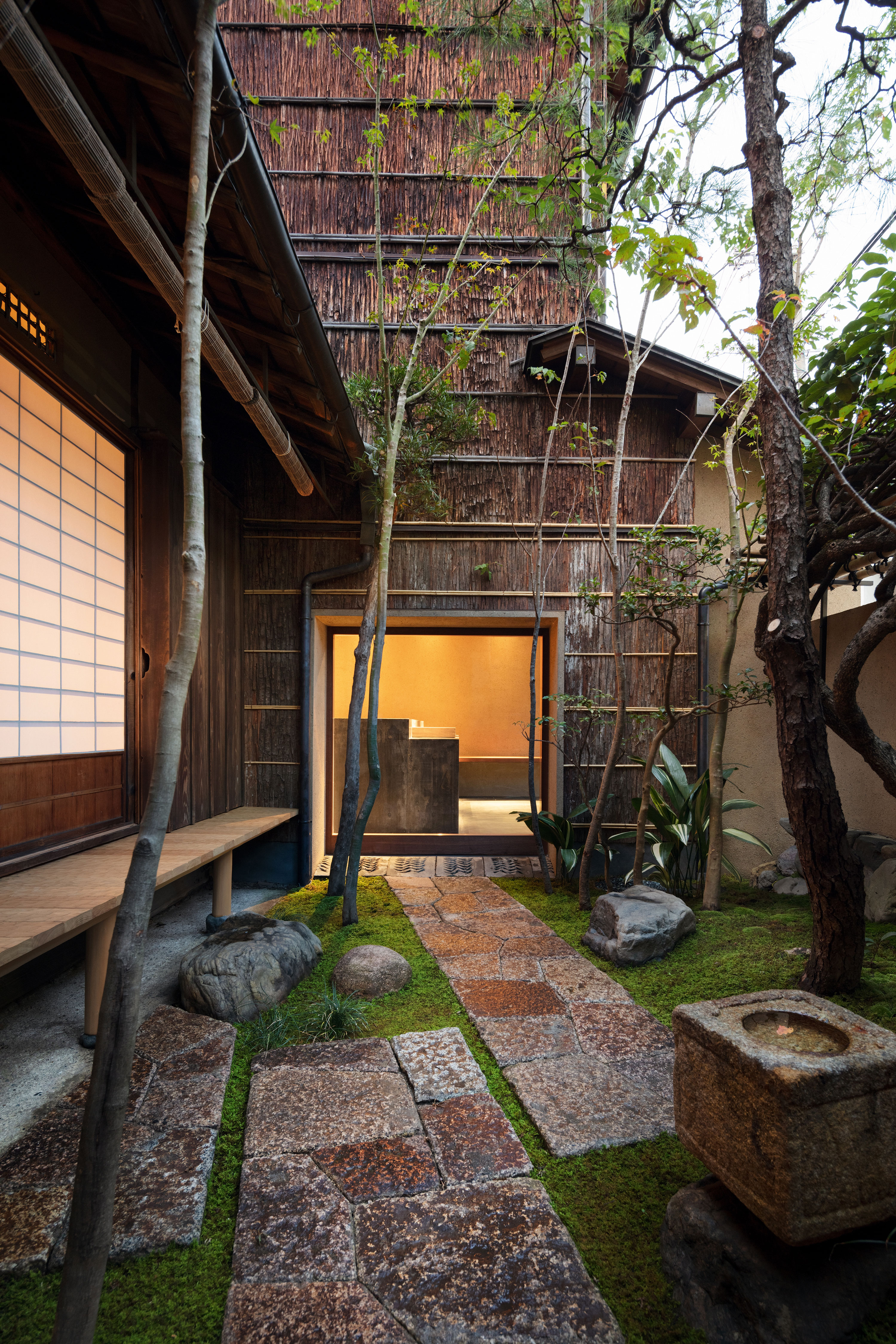
At the main branch of Honke Owariya, located on Niomontsukinukecho in Kyoto, a wall of glass showcases the minimalist interior of its new outlet dedicated solely to soba sweets, while a side door crosses a threshold of graphic tiles to lead into a walled garden
For Yanagihara, creative director of ceramics brand 1616/Arita Japan, the restaurant’s long history is a thread that runs through the design. ‘I thought about how to create a modern space, using traditional materials and construction methods.’ Swathes of sakan plaster walls are a subtle nod to such heritage: a specialist craftsman mixed buckwheat husks (left over from making soba noodles) into the earthenware plasterwork, adding a warm organic texture to the clean-lined space.
The plasterwork connects restaurant and sweet shop structurally as well as symbolically: it smoothly flows from an exterior wall outside the restaurant into the entire framework of the sweet shop’s open box-like container, where a glass façade, set back slightly, leads into the space. Inside, a solid concrete counter sits centre stage, its smooth top surface polished to expose a tactile composition of river gravel, contrasting with the sides which retain a raw industrial edge. Here, beneath an old shop sign on the wall, wooden boxes display the crafted confectionery for which Honke Owariya is famed – from soba rice cakes to melt-in-the-mouth soba warabi-mochi. The space is further punctuated by minimal strokes of black walnut door frames sharply lined with copper – materials rarely seen in traditional Japanese architecture – alongside discreetly atmospheric lighting by New Light Pottery (see W*236).
‘Details are important because the space is small,’ explains Yanagihara, who has also recently opened a studio in Arles, France. ‘I always think about how to fuse the organic softness and hard sharpness of each material’s characteristics.’ Another highlight is a glass door on the side – as cleanly-cut as a picture frame – which slides open onto a walled garden of stone and moss that flows towards the machiya entrance, again connecting shop to restaurant. The nuanced layers of Kyoto’s rich culture are discernible in the side door, which is notably low in height – a modern riff on the small, humbling nijiriguchi door found at the entrance of traditional tea ceremony rooms.
Meanwhile, old roof tiles, inflected with graphic motifs – a happy discovery, found buried in the garden during renovations – are laid on the floor at the side threshold. ‘I was careful to smoothly connect the main historical building and the new design space by the garden and walls,’ explains Yanagihara. ‘I wanted to transform it into a space with a sense of tradition and innovation, integrating old and new.’ Adds Inaoka: ‘It’s created a very special beauty that I have never seen before in Kyoto.’
INFORMATION
Receive our daily digest of inspiration, escapism and design stories from around the world direct to your inbox.
Danielle Demetriou is a British writer and editor who moved from London to Japan in 2007. She writes about design, architecture and culture (for newspapers, magazines and books) and lives in an old machiya townhouse in Kyoto.
Instagram - @danielleinjapan
-
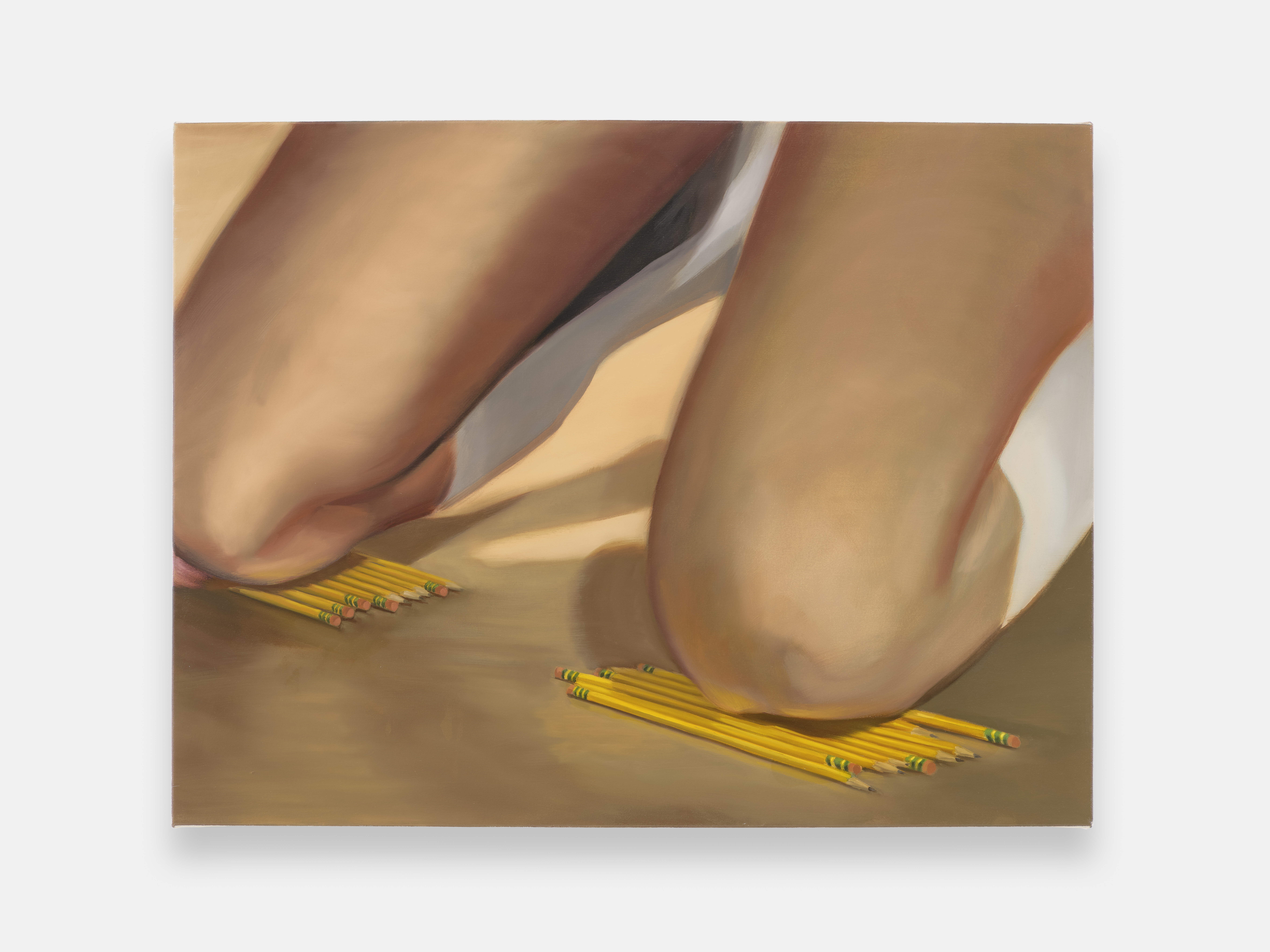 ‘I want to bring anxiety to the surface': Shannon Cartier Lucy on her unsettling works
‘I want to bring anxiety to the surface': Shannon Cartier Lucy on her unsettling worksIn an exhibition at Soft Opening, London, Shannon Cartier Lucy revisits childhood memories
-
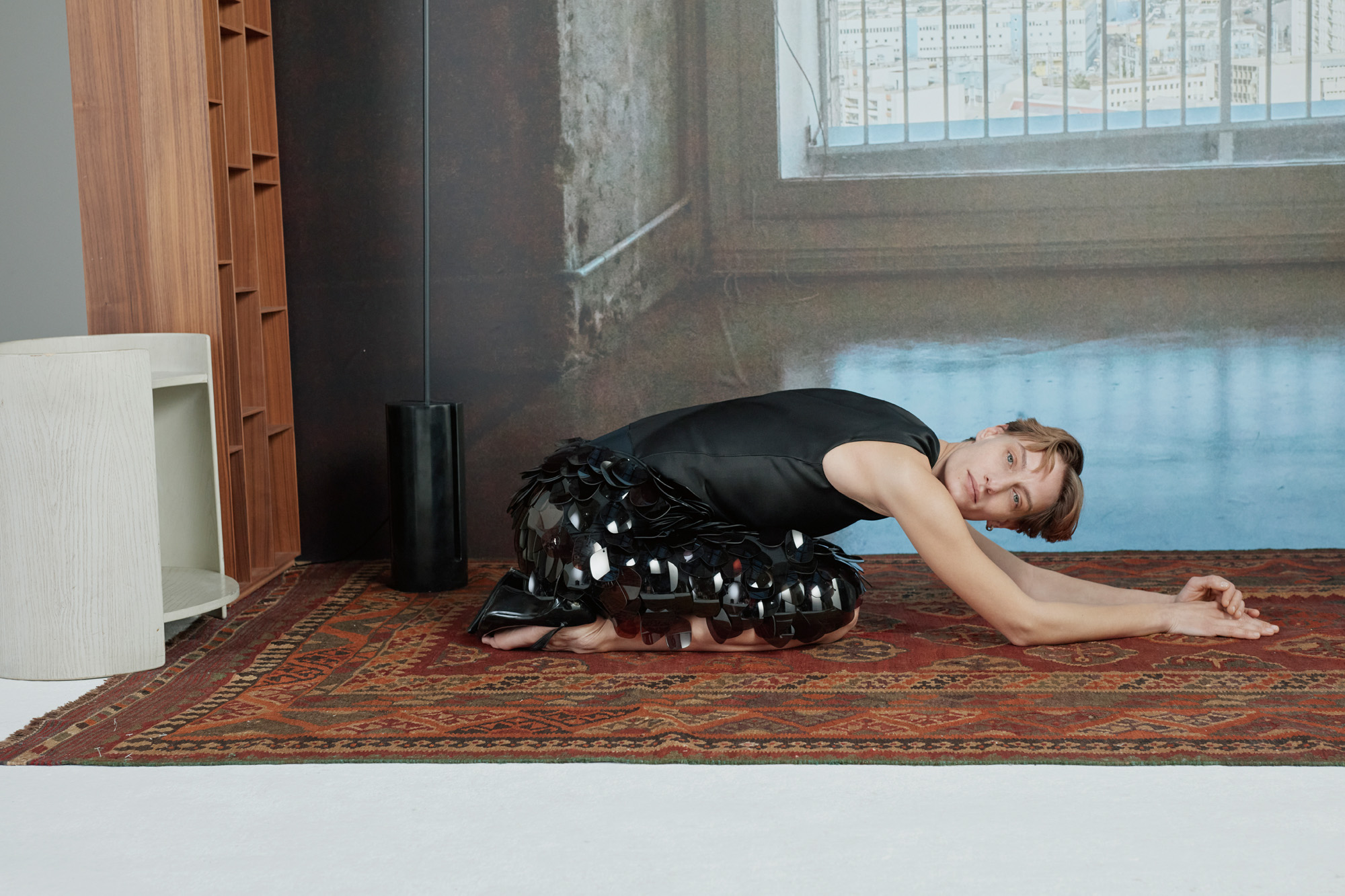 What one writer learnt in 2025 through exploring the ‘intimate, familiar’ wardrobes of ten friends
What one writer learnt in 2025 through exploring the ‘intimate, familiar’ wardrobes of ten friendsInspired by artist Sophie Calle, Colleen Kelsey’s ‘Wearing It Out’ sees the writer ask ten friends to tell the stories behind their most precious garments – from a wedding dress ordered on a whim to a pair of Prada Mary Janes
-
 Year in review: 2025’s top ten cars chosen by transport editor Jonathan Bell
Year in review: 2025’s top ten cars chosen by transport editor Jonathan BellWhat were our chosen conveyances in 2025? These ten cars impressed, either through their look and feel, style, sophistication or all-round practicality
-
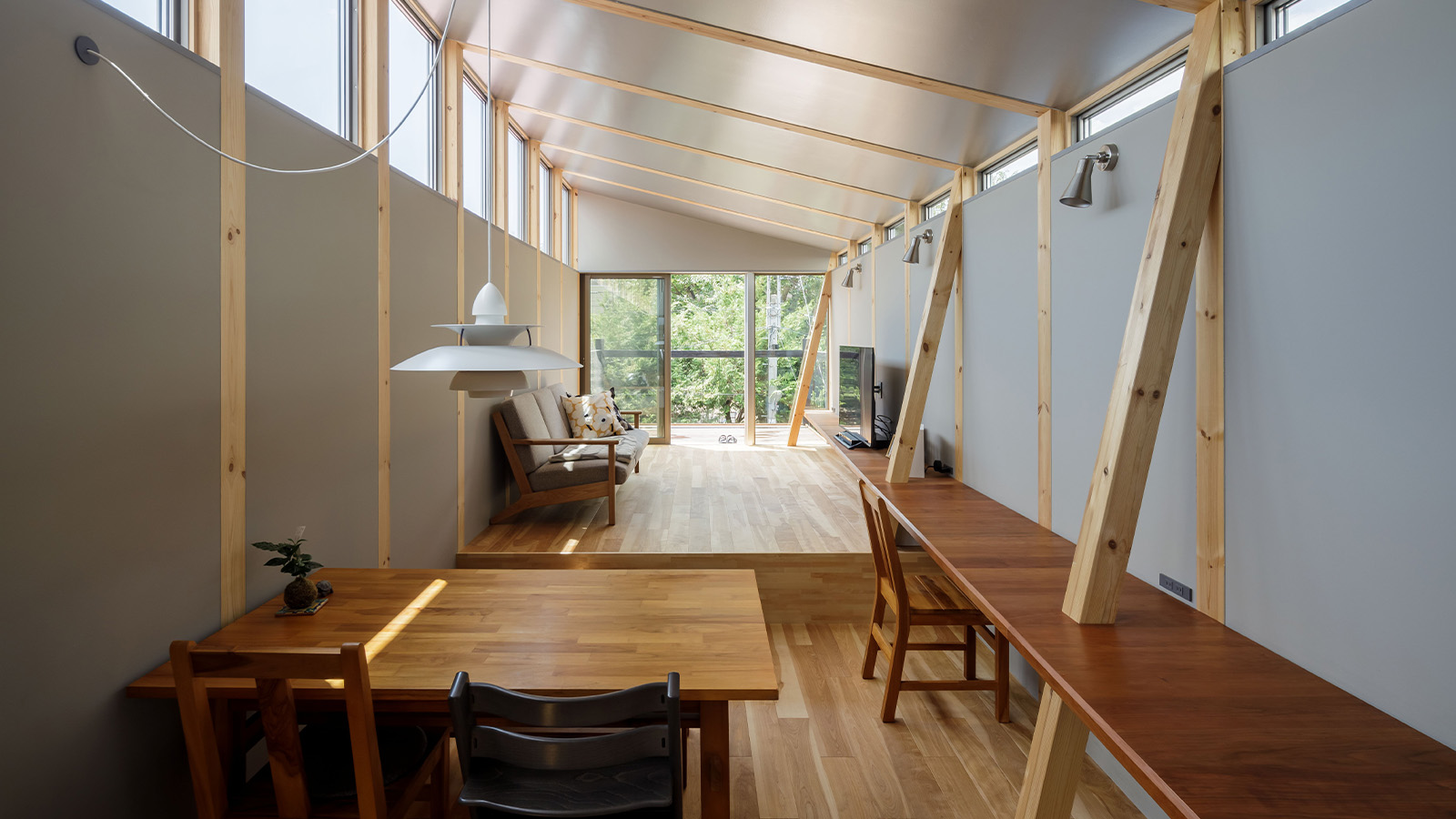 This Fukasawa house is a contemporary take on the traditional wooden architecture of Japan
This Fukasawa house is a contemporary take on the traditional wooden architecture of JapanDesigned by MIDW, a house nestled in the south-west Tokyo district features contrasting spaces united by the calming rhythm of structural timber beams
-
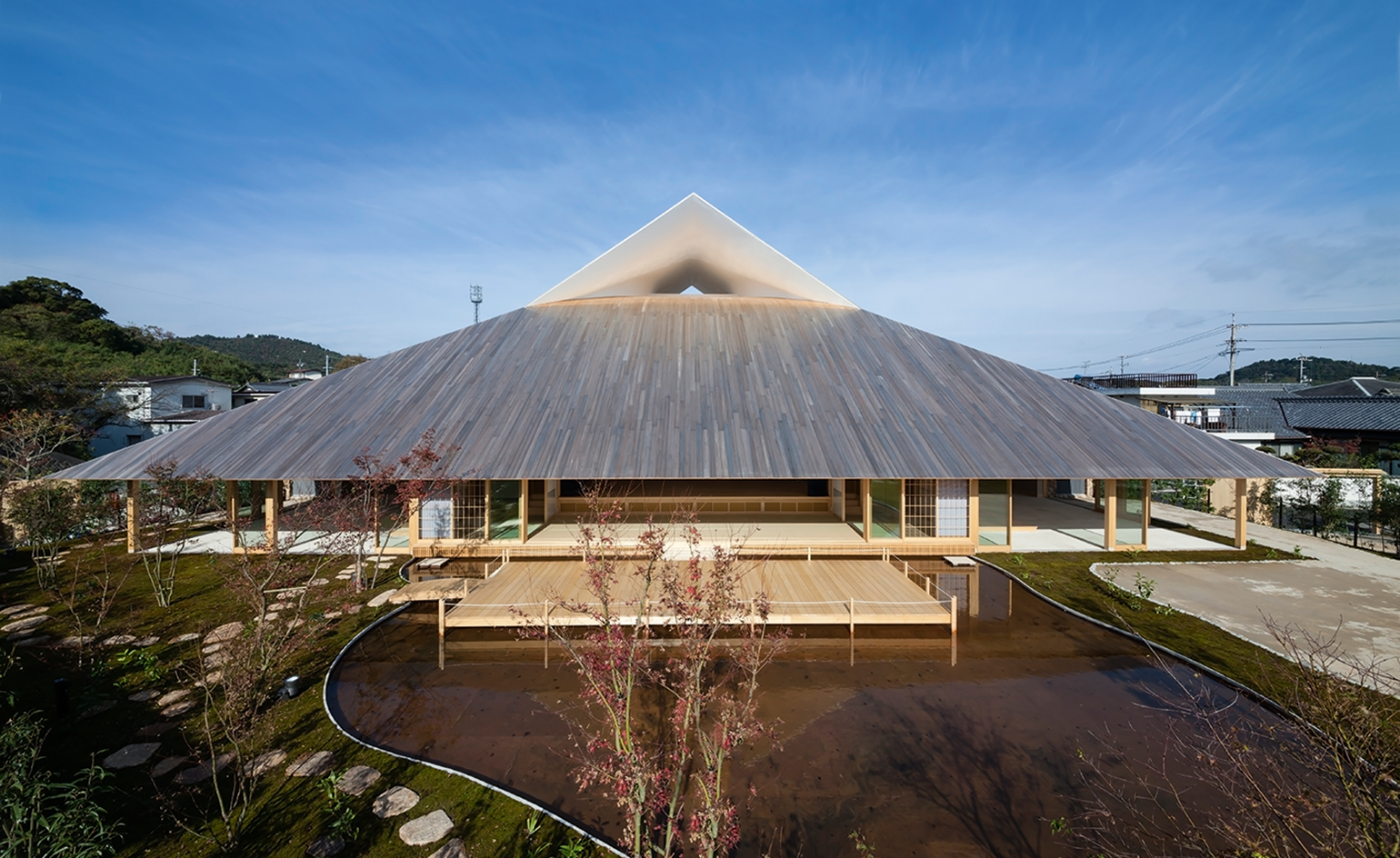 Take a tour of the 'architectural kingdom' of Japan
Take a tour of the 'architectural kingdom' of JapanJapan's Seto Inland Sea offers some of the finest architecture in the country – we tour its rich selection of contemporary buildings by some of the industry's biggest names
-
 Spice up the weekly shop at Mallorca’s brutalist supermarket
Spice up the weekly shop at Mallorca’s brutalist supermarketIn this brutalist supermarket, through the use of raw concrete, monolithic forms and modular elements, designer Minimal Studio hints at a critique of consumer culture
-
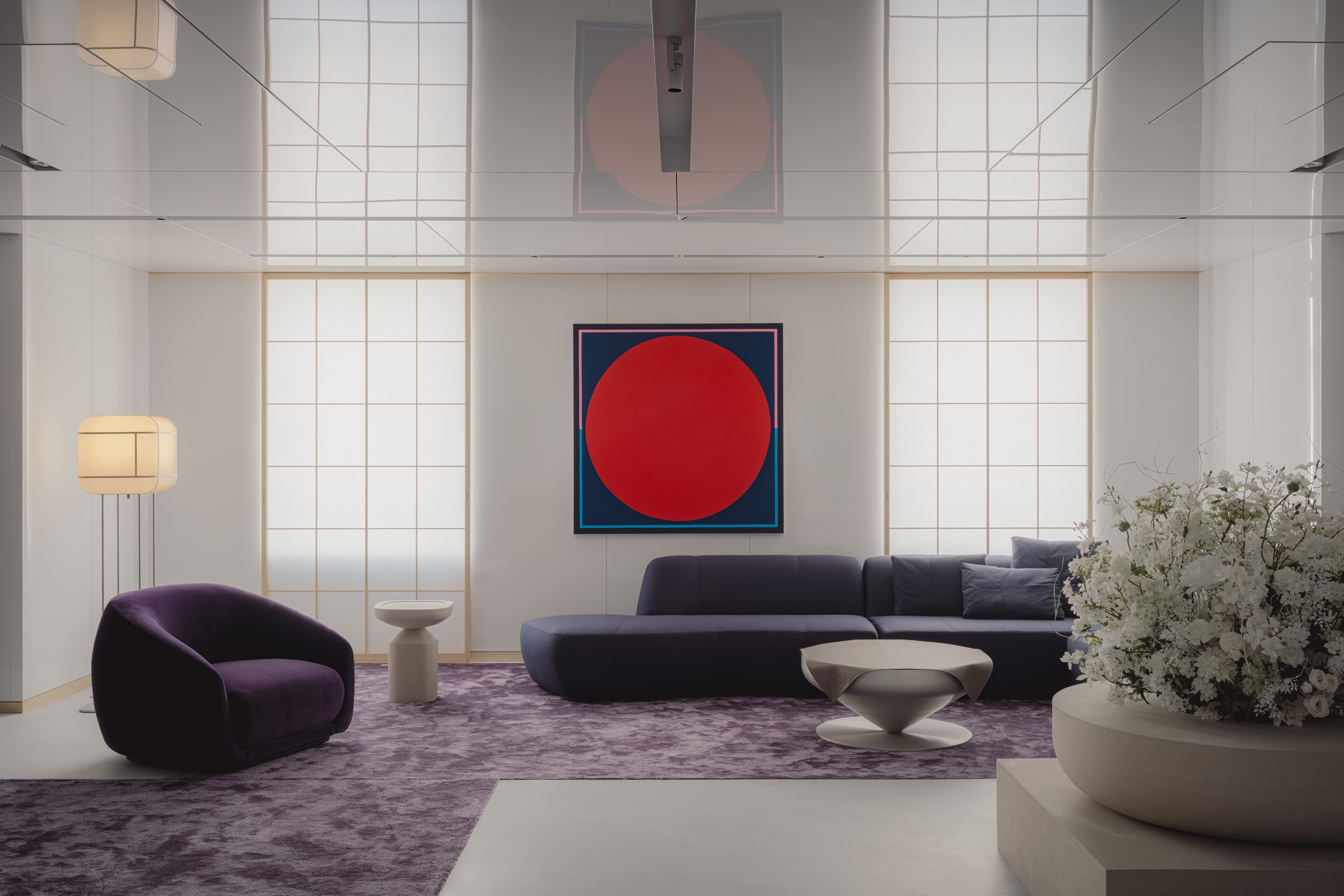 Matsuya Ginza lounge is a glossy haven at Tokyo’s century-old department store
Matsuya Ginza lounge is a glossy haven at Tokyo’s century-old department storeA new VIP lounge inside Tokyo’s Matsuya Ginza department store, designed by I-IN, balances modernity and elegance
-
 The Architecture Edit: Wallpaper’s houses of the month
The Architecture Edit: Wallpaper’s houses of the monthThis September, Wallpaper highlighted a striking mix of architecture – from iconic modernist homes newly up for sale to the dramatic transformation of a crumbling Scottish cottage. These are the projects that caught our eye
-
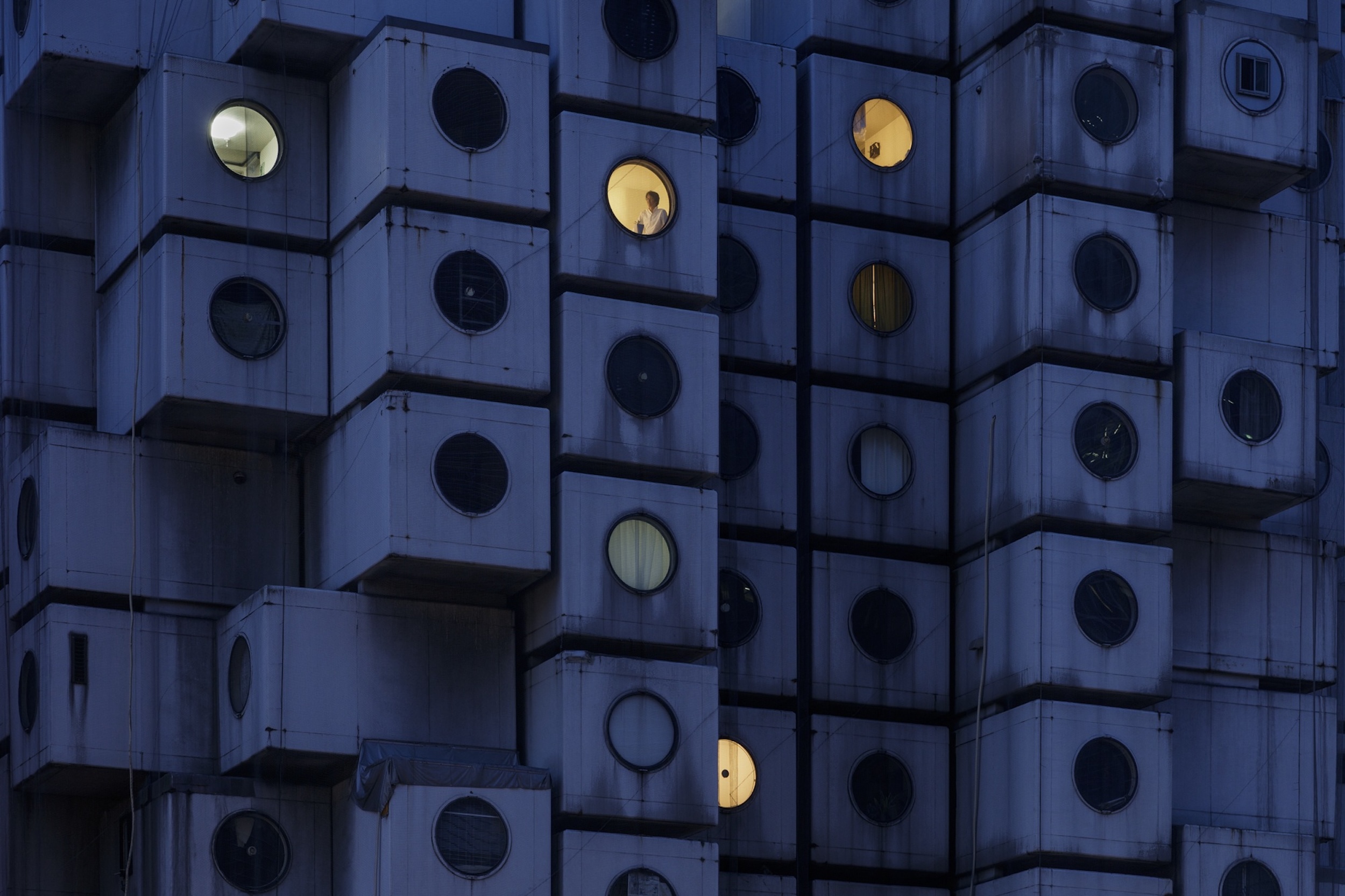 Utopian, modular, futuristic: was Japanese Metabolism architecture's raddest movement?
Utopian, modular, futuristic: was Japanese Metabolism architecture's raddest movement?We take a deep dive into Japanese Metabolism, the pioneering and relatively short-lived 20th-century architecture movement with a worldwide impact; explore our ultimate guide
-
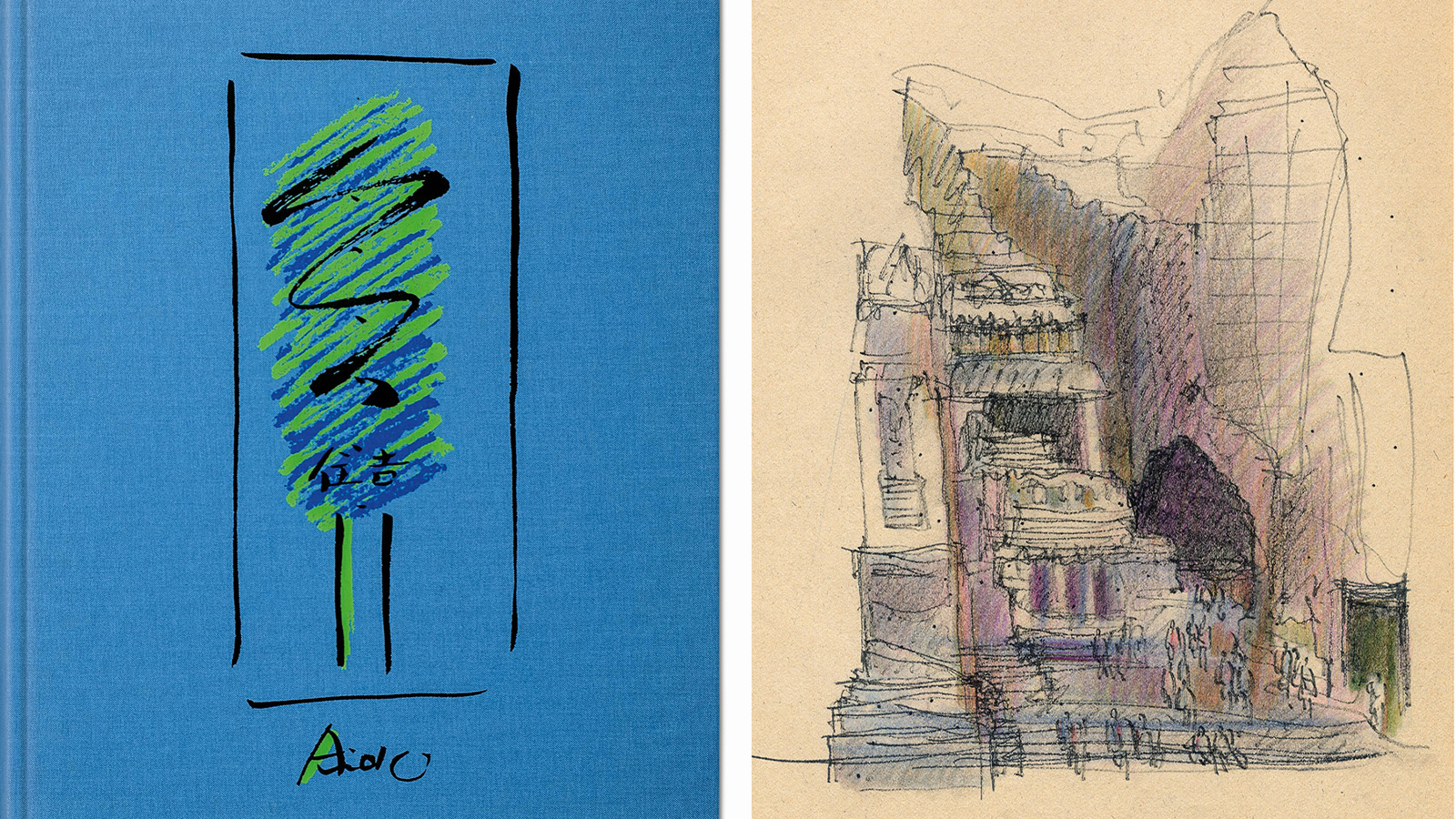 A new Tadao Ando monograph unveils the creative process guiding the architect's practice
A new Tadao Ando monograph unveils the creative process guiding the architect's practiceNew monograph ‘Tadao Ando. Sketches, Drawings, and Architecture’ by Taschen charts decades of creative work by the Japanese modernist master
-
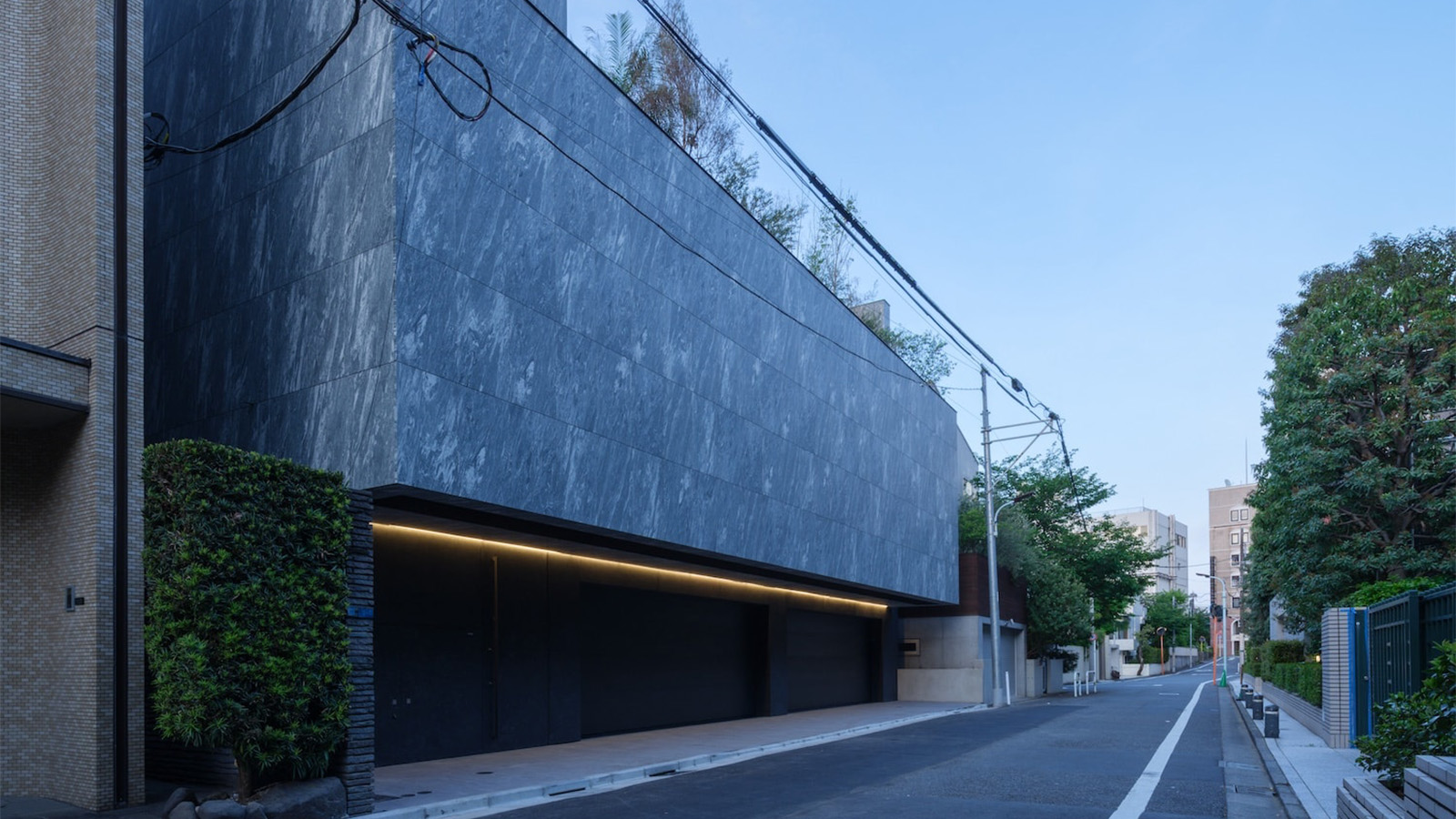 A Tokyo home’s mysterious, brutalist façade hides a secret urban retreat
A Tokyo home’s mysterious, brutalist façade hides a secret urban retreatDesigned by Apollo Architects, Tokyo home Stealth House evokes the feeling of a secluded resort, packaged up neatly into a private residence